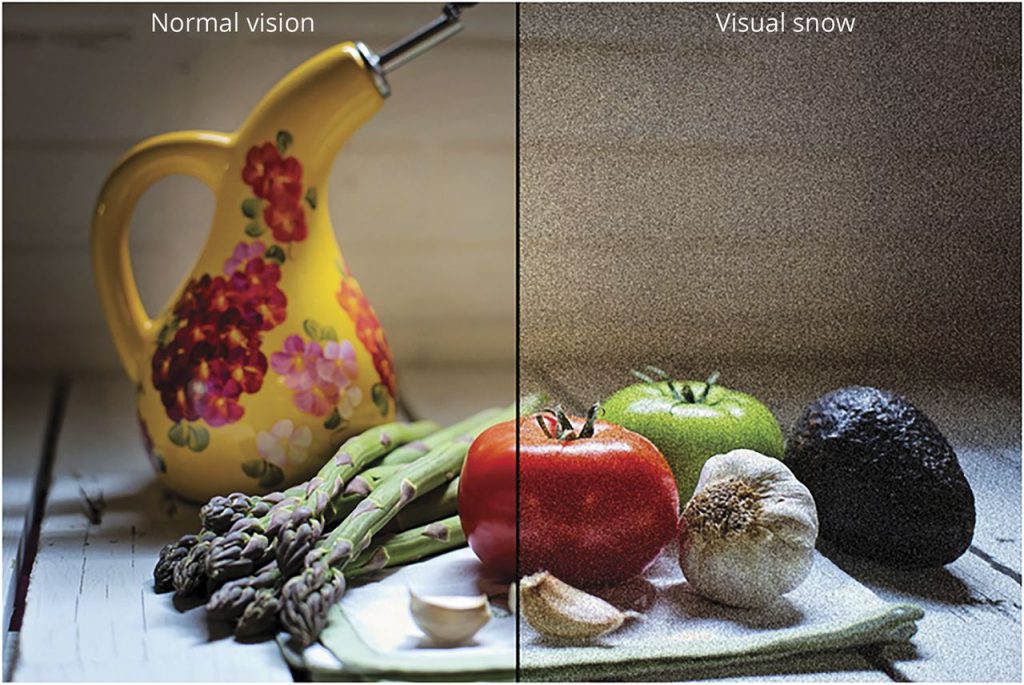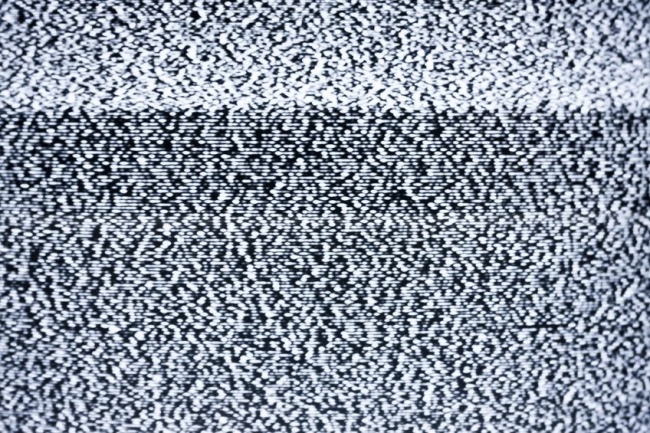- Seeing tiny dots, or ‘snowflakes’ is a characteristic symptom of visual snow syndrome.
- Tinnitus and migraine are the most commonly associated conditions with the syndrome.
- There is currently no established treatment for the chronic condition.
Ever turned on the television and seen static all over the screen? Likely because of a loose wire or a bad connection. Well, what if you woke up one day and only saw static all around you? Kind of like that grainy filter on Instagram. كيف تربح بالروليت This particular condition is called visual snow syndrome. People with this neurological disorder see multiple tiny black and white dots in their visual field, like snow or the television static. Patients often describe their vision as ‘fuzzy.’
Symptoms often begin early in life, with visual static being the most common presenting symptom. Additionally, patients also report other visual symptoms such as floaters, sensitivity to light (photophobia), seeing images even after they’re out of sight (palinopsia) and difficulty seeing at night (nyctalopia). These visual disturbances are continuous and can last for years. Moreover, migraine and tinnitus are common comorbids that typically occur with the condition. However, patients with visual snow syndrome usually have normal ophthalmological tests

Source: Neurology, Volume 94, Number 6.
Is Visual Snow Syndrome Treatable?
This debilitating, chronic condition was first reported in 1995. قوانين لعبة بوكر And until five years ago, the syndrome was considered a part of migraine aura or the result of hallucinogenic drugs. مواقع مراهنات كرة القدم However, research has shown it is a distinct phenomenon with a clear biological basis. Although the cause is unknown, research states that people with visual snow syndrome have increased activity in the lingual gyrus. This is the part of the brain responsible for processing vision, colour perception and processing words.
Following are the diagnostic criteria for the condition:
- Presence of visual snow for more than 3 months
- Presence of at least 2 additional visual symptoms such as palinopsia and nyctalopia
- Symptoms are not consistent with typical migraine visual aura
- Symptoms are not due to another disorder such as drug abuse
Currently, there is no established treatment for the condition. However, doctors often prescribe migraine medications, antidepressants and pain medications to improve quality of life and reduce symptoms. But they don’t always cause an effect on the symptoms.
Due to limited knowledge about the condition, diagnosis is often delayed resulting in a limited number of cases. Therefore, there is a lack of research on effective treatment strategies for visual snow syndrome.
Reference:
Puledda, F., Schankin, C., & Goadsby, P. J. (2020). Visual snow syndrome. Neurology, 94(6). doi:10.1212/wnl.0000000000008909
Schankin CJ, Goadsby PJ. Visual snow–persistent positive visual phenomenon distinct from migraine aura. Curr Pain Headache Rep. 2015 Jun;19(6):23. doi: 10.1007/s11916-015-0497-9. PMID: 26021756.




